Tour the command node: Kamloops centre tirelessly coordinates fire response
It has been non-stop at the home base for firefighters and dispatchers across south central B.C.
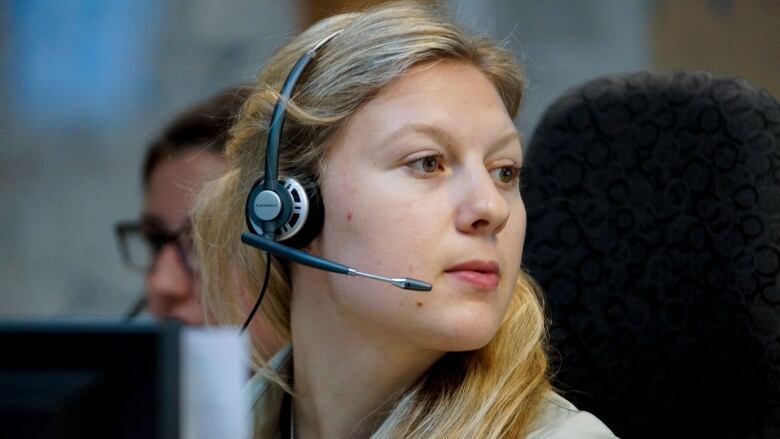
Firefighters stream in and out of the Kamloops Fire Centre'sgarage, unloading their trucksafter fighting tirelessly on the front lines before handing off to the next crew and thenext call.
"Just making sure we're fresh, ready to go and trucks are all loaded," said Adam Buchanan, who has been fighting fires for seven years in Kamloops.
So far, he'sbeen busy responding to smaller fires, making sure they're under control before the flames cause more devastation.
The command node is close to the airport and it's where all the coordination happens for the region.
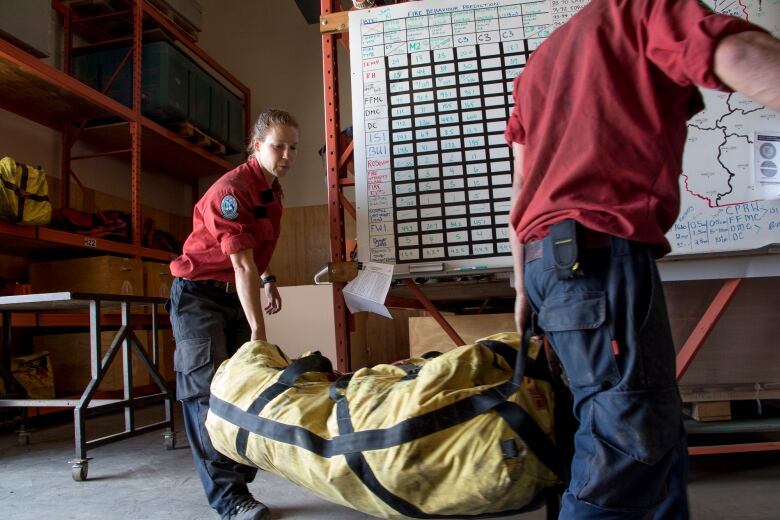
The province is divided into six regional fire centres and the Kamloops arearunsfrom Blue River in the north to the U.S. border in the south andfromBridge River in the west to the MonasheeMountains in the east.
A shift schedule has been worked out now, but the first few days were hectic, as crews tried to get a grip on the tremendous fires across the province.
"Itisn't until you jump in the truck thatyou realize how sore your feet are, how sweaty you areand how hungry you are. It'sgood our bodies are able to forget about that," said Buchanan.
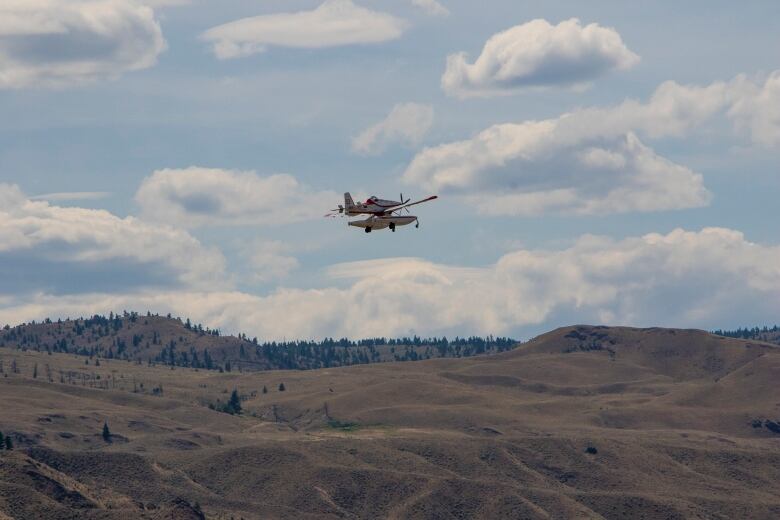
"Adrenaline keeps us going."
Outside the garage, mountains of hoses are boxed, ready to be used by firefighters in Kamloops or transferred to other centres in need of more equipment.
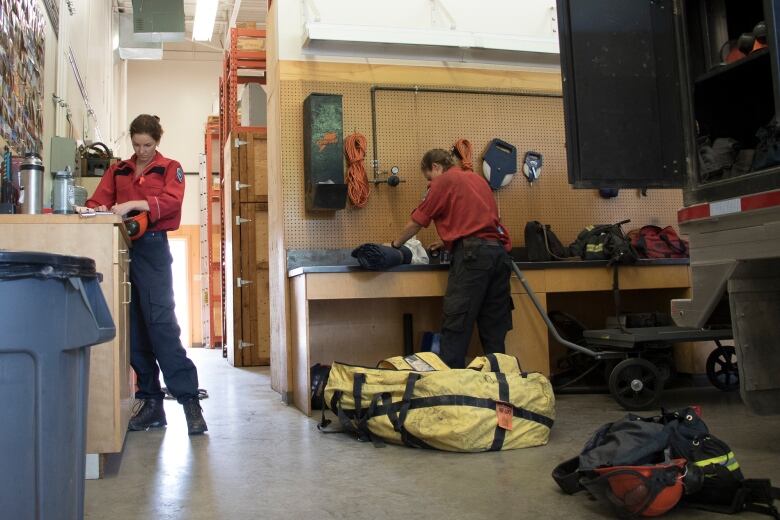
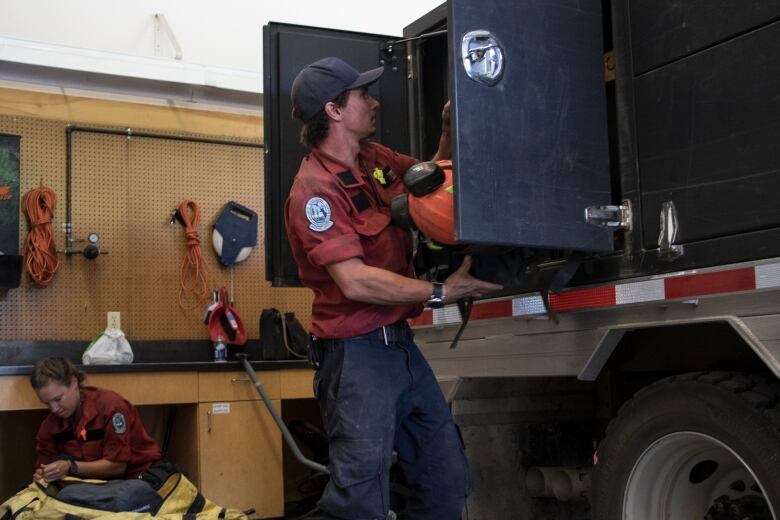
Ringing off the hook
Just next door iswhere you willfind logistics, planning,chainsawexperts, and dozens of dispatchers, whose phones have been ringing off the hook.
"People have been working anywhere from 12 hour days to even longer than that, even 15, 16 hour days," said fire informaton officer MaxBirkner.
It has been so hectic there are two dispatchers sharing a desk, while in other cases a second person is stationed next to dispatchers who are in their first fire season.
"For their first fire season to see thevery unusual situation that is going on with all these huge fires we've been having isvery good and interesting training experience," he said.
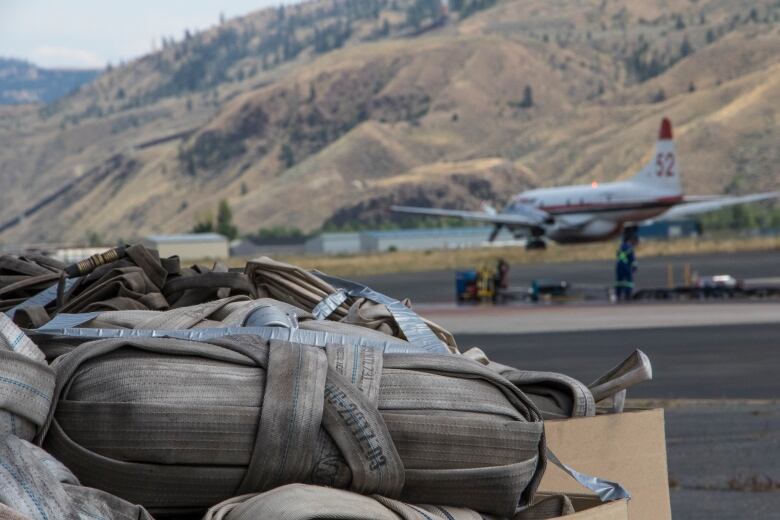


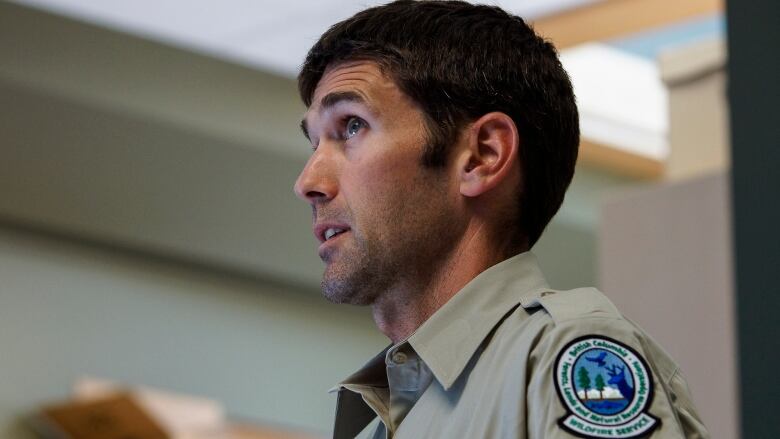
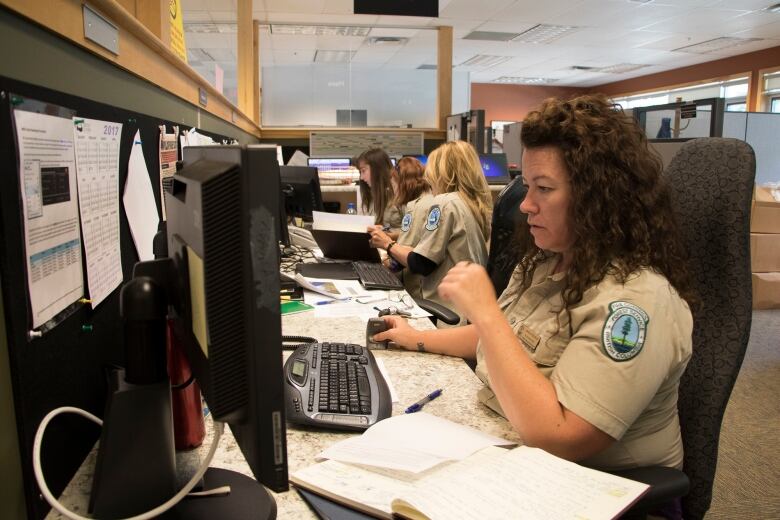












_(720p).jpg)


 OFFICIAL HD MUSIC VIDEO.jpg)
.jpg)



























































































